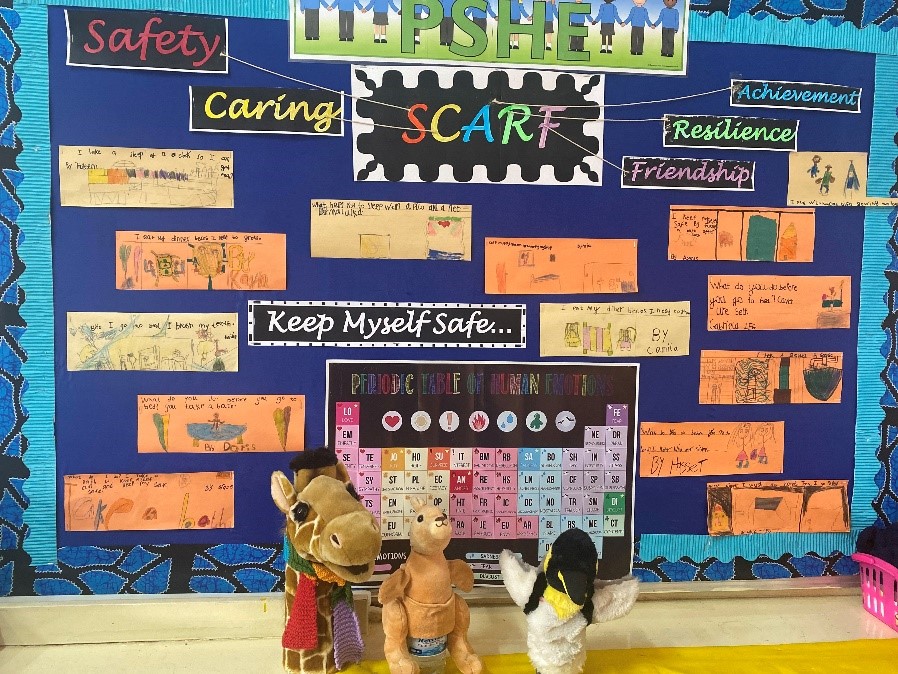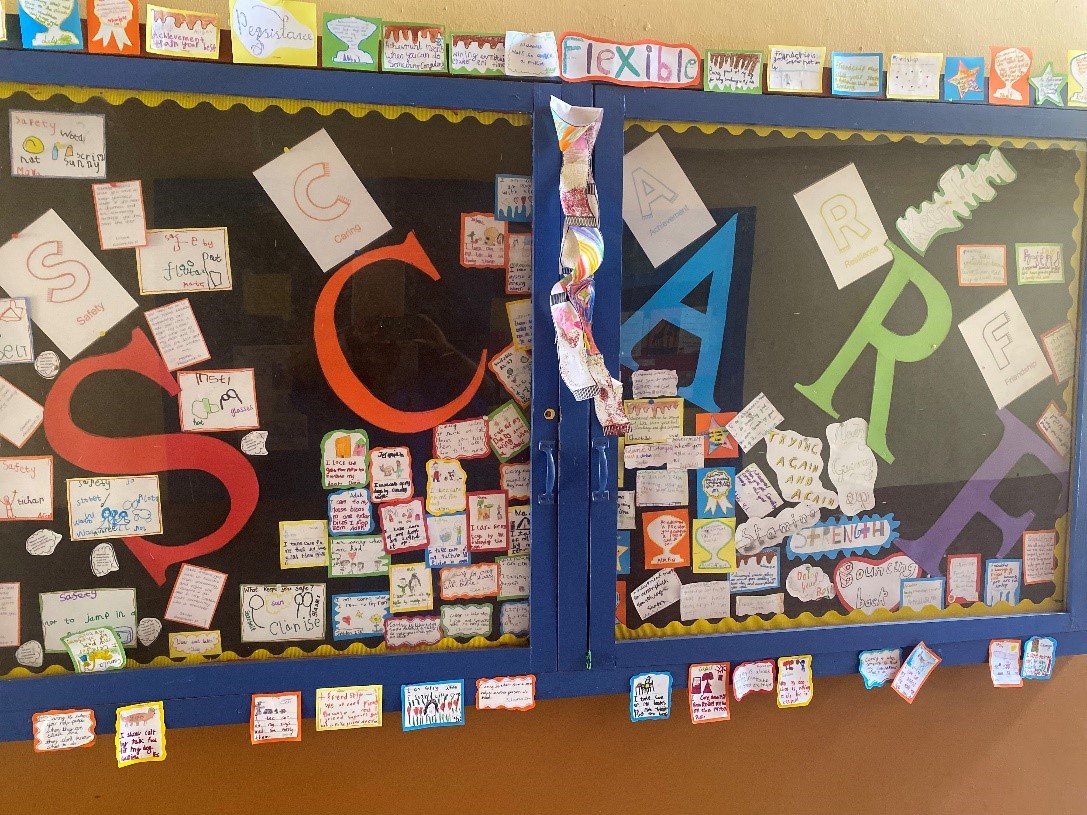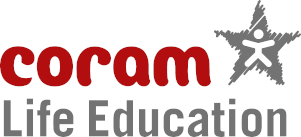Rainbow International School, Uganda, SCARF school since May 2020
“The framework is perfect, it’s ideal. It allows us to tweak it and make it relevant to our context.”
Teachers at Rainbow International School in Uganda, have been using SCARF since May 2020. We spoke to head teacher, Hannah Loudoun and PSHE lead, Sandra Katende, about how SCARF has become a part of their school’s everyday culture.
Choosing SCARF
As a British International school, head teacher Hannah wanted a PSHE programme that was well established in the UK. When speaking about why they chose SCARF, Hannah said,“We want to have links with the UK as much as possible, because SCARF is so well established in the UK, which was one of the driving forces to choose it.”
The need for a platform that serves both teachers and parents was important, as well as a programme that has a community feel. Hannah continues,“What we really wanted to achieve, SCARF ticked a lot of our boxes. The specific different areas but also the link to characters, which for our younger learners is really beneficial. As well as that community feel, we are an international school made up of over 30 nationalities, so we really are driven by community.”
Additionally, as an IPC (International Primary Curriculum) school, the teachers have found that the SCARF values also link well with IPC learning goals and other subjects. Sandra tells us “The children know the values of SCARF and are really linking them well with the IPC learning goals, so it’s consistently echoing in our learning, in our interactions with the children, in our teaching.”

The wellbeing of the children was another factor in why this school chose SCARF. After teaching online for two years during the pandemic, staff at Rainbow International School were conscious of the negative impact this had on their children. It’s why SCARF’s values-based approach really appealed to them. “We really spent a lot of time reconnecting, where we allowed children to do exactly that, reconnect with friends and re-establish or establish friendships and relationships. SCARF allowed us to do that and it’s really raised the profile of talking as well. I think over time because we’ve been consistent, it’s getting better but it’s had a positive impact not only on the children but on the staff as well.”
How does SCARF support teachers?
Hannah tells us that SCARF’s clear framework and information has made her teachers feel prepared when delivering lessons. “The majority of our staff are Ugandan or East African, with less expats. They’re used to and like to work to a framework, to have that guidance they can refer back to and add their own twist to.” The teachers here use SCARF for the half-termly units, resources and activities, they also take part in the ‘Wear Your Scarf to School Day’ campaign and the mental health activities.
As the teachers have chosen to do the same units, at the same time, it’s allowed them to take a progressive approach and share learning practices. Furthermore, Sandra says that SCARF has cut down on the teachers’ workload and is easy to use. “The framework is perfect, it’s ideal. It allows us to tweak it and make it relevant to our context, it’s very progressive.”

The impact of SCARF
SCARF has now become an entrenched part of the school’s day to day culture, Hannah says “In the last 2 years, it’s really developed and really has become our culture in school, it’s very impressive to hear the children speak about it.” The flexibility of SCARF has made it easy to integrate into the school’s curriculum, Hannah continues, “It’s also very easy, it provides anything that you could possibly need. So you could use it scripted but it also allows you to have that flexibility which I think is great, certainly from an international school perspective, you know when we’ve got to really be focused on the context of our school.”

